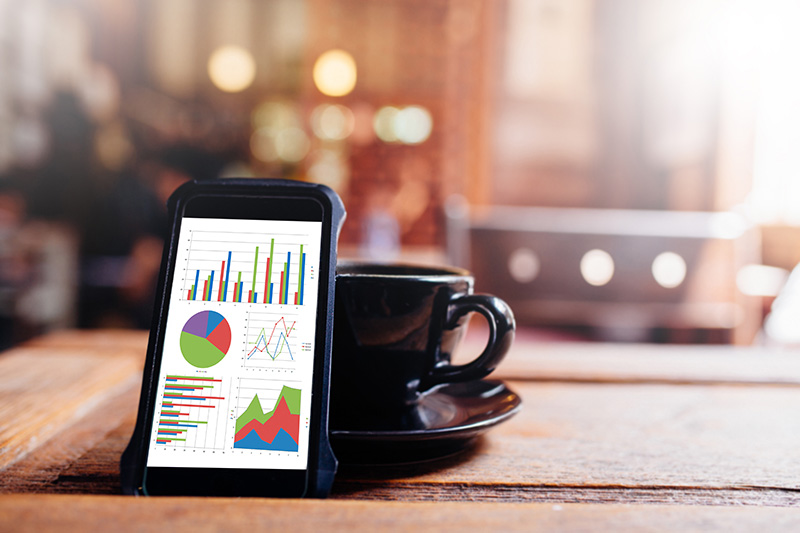The tail wagging the dog?
The volatility of bond yields today
We, at Berunda Capital, pride ourselves on our sophisticated forecasting models, but we have to admit we are sometimes wrong. Especially, the direction of Treasury yields has become so notoriously difficult to forecast in the short-term (not so in the pre-COVID days). And stocks have become significantly sensitive to yield levels today and this can be troublesome. Indeed, our last post explained why tech and growth stocks are more sensitive to yields today, rather than cyclicals.
The 30-day rolling standard deviations of US 10-year bond yield reached as high as 15.5% in April 2020 as the Fed has cut its target for the federal funds rate by a total of 1.5 percentage to a range of 0% to 0.25%. In comparison, SPY and QQQ touched about 5.1%. Although the 30-day rolling daily standard deviations of US bond yield have been declined (however, this is still above SPY and QQQ), it has started to increase in the last month as the delta variant coronavirus cases in the US increased.
During April and May 2020, 30-day rolling daily returns correlations of 10-year bond yield with SPY and QQQ was about 0.5. At the same time, the share prices of both SPY and QQQ tumbled. QQQ provided significant returns until the 10-year yield was less than 1.0%, particularly in 2020. However, once the 10-bond yield increased/stabilized, cyclical sectors, such as energy, materials, financials and industrials, picked up since the end of 2020.
We can take comfort that even Fed Chairman, Powell, is unable to come up with a concrete explanation as to why yields should be so low. See the following Bloomberg article: Not even Jerome Powell gets what’s up with the bond market. Indeed, ten-year yields have moved down from 1.7% to 1.1% and back up to 1.3% after the positive July jobs report.
Perhaps the moves in yields were all just technical, as pension funds rushed to match the duration of assets to liabilities as this article suggests in the Financial Times: Lower bond yields are no longer good news for stocks – by Mohamed El-Erian, President of Queens’ College, Cambridge University, but it is then the case of the tail wagging the dog, no?
Where are yields and the stock market headed from here? Well, that depends on what you think the delta variant is going to do globally. Here is the reality: The less vaccinated states in the US are clearly experiencing serious COVID-19 issues. However, vaccinated people seem to be able to fight off the delta variant, except those who are immuno-compromised, with the FDA now close to recommending a booster shot. Globally, vaccines are also not readily available, but most of us have learned to live carefully alongside the virus and this is critical to the functioning of the global economy.
So what do we think? We believe that the valuable lessons learned in 2020-21 will carry us forward into a new world where COVID-19 exists but whose economic impact will be smaller than before. As vaccines become more and more available and employers/schools open up and then impose mandatory vaccination rules for their employees and students. In this scenario, the population of those not yet vaccinated globally will diminish for sure. Second, government infrastructure spending and the unknown impact of (transitory?) inflation can only serve to increase yield levels. This, in turn, means that ten-year yields are headed north from the 1.3% area to at least the 2% area in the coming months.
What does this mean for the stock market? Remain over-weight towards value stocks, especially in cyclicals, financials and away from high growth tech. Microsoft at 33x, AAPL at 27x, GOOGL at 30x, FB at 29x and TSLA at well 149x FPE are not exactly not zero-risk stories here. Yet, conventional thinking tells us that tech alone cannot fall in a vacuum and all other sectors should fall with it. Nevertheless, a clear outperformance of passive index investing (with the S&P sporting a 20% weight to these names) may be coming to an end. The likely scenario is a continued improvement in the global economy and vaccination rates, along with a solid outperformance by the reflation trade, with a slowing rate of growth for the “stay-at-home” trade. All in all, a stock market that trades sideways, but rewards for select stocks and sectors, whose value remain low today. Perhaps wishful thinking on our part? We will see.
Here are some strategists who agree with us (talk about our confirmation-bias):
1) Business Insider: 4 reasons JPMorgan’s quant guru is doubling down on his stock bullishness.
2) Bloomberg: Citi cuts tech heavy US stocks on treasury yield surge call
3) Seeking Alpha: VUG – Ground Zero of the Everything Bubble
As Exhibit 1 below shows, the S&P 500 has become too-tech heavy and past performances may not be easy to come by in the future for passive index investing with minimal re-allocation in a world of improving economy and (slightly) rising yields.
Exhibit 1 S&P 500 concentration (top 7 stocks) as of 08/16/2021
|
Company |
FPE |
S&P 500 weight (%) |
|
Apple (AAPL) |
26.74x |
6.18 |
|
Microsoft (MSFT) |
32.89x |
5.78 |
|
Amazon (AMZN) |
57.14x |
3.75 |
|
Facebook (FB) |
28.82x |
2.30 |
|
Alphabet A&C Shares ((NASDAQ:GOOG) and (NASDAQ:GOOGL)) |
29.85x |
4.48 |
|
Tesla (TSLA) |
149.25x |
1.47 |

